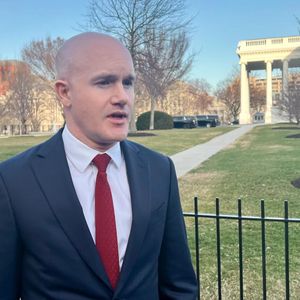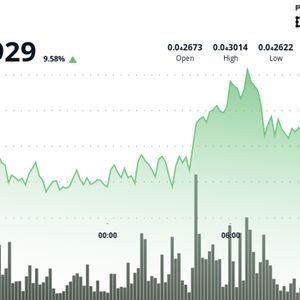Bank of England Governor Warns Against Stablecoins, Urges Focus on Tokenized Deposits
3 min read
Bank of England (BoE) Governor Andrew Bailey has issued a stark warning regarding the growing role of stablecoins in the financial system, arguing that banks should avoid issuing these crypto-linked tokens due to the systemic risks they pose. In an interview with The Sunday Times, Bailey said stablecoins could undermine the global financial system and weaken sovereign control over national currencies. Instead, he believes the Bank of England should prioritize tokenizing deposits within traditional banking institutions. Bailey emphasized that the UK central bank should not pursue a central bank digital currency (CBDC), distancing itself from the trend of government-backed digital assets. New Role Brings Global Focus Bailey’s remarks come as he steps into a new position as chairman of the Financial Stability Board (FSB), an international regulatory body tasked with monitoring and making recommendations about the global financial system. This role gives him a platform to influence how stablecoins are treated not just in the UK but globally. His comments suggest he may use the position to curb the rapid expansion of the stablecoin sector. Stablecoins, which are typically pegged to fiat currencies like the US dollar or euro, are a dominant force in the crypto market. They enable cross-border transactions without relying on traditional banking infrastructure, which can increase access to stable currencies in regions with weak financial systems. U.S. Embraces Stablecoin Regulation Bailey’s warning contrasts with the approach taken in the United States. The Trump administration has placed stablecoin regulation high on its policy agenda, viewing the technology as a strategic asset. At the White House Digital Asset Summit in March, US Treasury Secretary Scott Bessent said stablecoins would help cement the dollar’s role as the global reserve currency. Stablecoins Backed by Traditional Assets Most stablecoins in circulation are overcollateralized, backed by cash or highly liquid instruments like short-term U.S. Treasury bills. This model has gained favor among U.S. regulators, who argue it could reduce inflationary pressure by increasing the global demand for American debt securities. With widespread access to these instruments via mobile devices and digital wallets, the U.S. government sees an opportunity to expand dollar reach and influence. Calls for Cohesive U.S. Policy Federal Reserve Chair Jerome Powell has also voiced support for a comprehensive approach to stablecoin regulation in the U.S., calling for clearer and unified policy measures. However, officials in Europe, including Bailey, have expressed concern that widespread adoption of dollar-based stablecoins could destabilize other currencies such as the euro. There are growing fears within the EU that stablecoins could disrupt financial sovereignty and shift economic control away from national institutions. Diverging Approaches Signal Global Debate Bailey’s firm opposition to stablecoins, combined with his leadership role at the FSB, sets the stage for further regulatory scrutiny of the crypto industry. While the U.S. moves to integrate stablecoins into its financial strategy, European officials are signaling resistance to allowing such assets to gain widespread use without stronger oversight. The differing approaches suggest that stablecoins will remain a hot-button issue in global financial policy for the foreseeable future.

Source: CryptoIntelligence



